In recent years, bamboo sustainable clothing has exploded in popularity, with brands across the UK – including Swole Panda – leading the charge with planet-friendly fashion alternatives. But with the rise of eco-conscious marketing comes scepticism. From social media debates to misinformed articles, questions like “how sustainable is bamboo?” and “Is bamboo really better than cotton?” are more common than ever.
Let’s set the record straight.
We’re debunking the myths surrounding sustainable bamboo clothing — from its breathability and durability to whether it’s truly as green as it’s made out to be.
🌱 Myth 1: Bamboo Clothing Shrinks Easily
Reality: Bamboo viscose clothing, like any natural fibre, may shrink if it’s not washed correctly — but it’s no more prone to shrinking than cotton or wool. When cared for properly (wash cold, avoid tumble drying), sustainable bamboo fabrics retain their shape, softness, and structure incredibly well.
At Swole Panda, we blend bamboo with performance-enhancing fibres for items like our socks made from bamboo, which are built to last — wash after wash.
✅ Tip: Always follow the care label, and you’ll enjoy long-lasting comfort from your bamboo garments.
🌍 Myth 2: Bamboo Fabric Isn’t Sustainable
Reality: Let’s be clear — bamboo sustainable clothing can be incredibly eco-friendly, when made responsibly.
Bamboo is:
-
One of the fastest-growing plants on Earth (up to 1 metre/day)
-
Grown without pesticides or fertilisers
-
Requires far less water than cotton
-
Replenishes itself naturally, reducing soil erosion
The criticism comes from the viscose production process, which involves chemicals. But top brands (like Swole Panda) use closed-loop systems that recover and reuse 99% of water and solvents, drastically minimising environmental impact.
So, how sustainable is bamboo? When produced correctly, it’s one of the most planet-friendly fibres available today.
🌿 Myth 3: Bamboo Fabric Is Made Purely From Bamboo Fibres
Reality: This is where terminology matters. Most sustainable bamboo clothing is made from bamboo viscose or bamboo rayon — meaning the bamboo plant is processed into a regenerated cellulose fibre.
That said, this doesn’t disqualify its eco-status. Think of it like recycled paper — it’s still a sustainable choice, even if processing is required. The key is how that processing is managed.
At Swole Panda, our bamboo socks use closed-loop viscose, certified for environmental responsibility and free from harmful chemicals.
☀️ Myth 4: Bamboo Clothes Are Only Suitable for Summer
Reality: Thanks to its thermo-regulating properties, sustainable bamboo clothing adapts to your body temperature — keeping you cool in summer and warm in winter.
That’s why our colourful bamboo socks are so popular year-round. Whether you’re hiking in the Highlands or commuting in London drizzle, they offer unmatched breathability and insulation.
👕 Myth 5: Cotton Is Simply Better Than Bamboo
Reality: While cotton is widely used, it’s far more resource-intensive to produce than bamboo.
Here’s how bamboo compares:
|
Factor |
Bamboo |
Cotton |
|
Water use |
~1/3 of cotton |
High water consumption |
|
Pesticides |
None required |
Often heavily sprayed |
|
Yield per acre |
Very high |
Moderate |
|
Soil impact |
Regenerative |
Depletes soil |
When asked how sustainable is bamboo compared to cotton — the numbers speak for themselves. Bamboo uses less, gives more, and leaves a smaller footprint behind.
🌬️ Myth 6: Bamboo Clothing Isn’t Breathable
Reality: Bamboo fibres are naturally porous, making them extremely breathable. They wick moisture away from the skin, keeping you dry and fresh.
This makes bamboo ideal for socks made from bamboo, underwear, and base layers — perfect for active lifestyles or sensitive skin.
If you’ve ever tried Swole Panda’s bamboo socks, you’ll know: your feet stay cooler, drier, and more comfortable for longer.
🔥 Myth 7: Bamboo Clothing Is Fireproof
Reality: No natural fibre is fireproof — and bamboo is no exception.
While bamboo fabrics are more flame-resistant than polyester or acrylic, they will still catch fire under extreme heat. However, they burn more slowly and don’t melt like synthetics, which can stick to the skin.
Always follow garment safety instructions, and don’t rely on myths when it comes to fire safety.
👶 Myth 8: Bamboo Fabric Isn’t Safe for Sensitive Skin
Reality: Quite the opposite. Bamboo is naturally hypoallergenic, antibacterial, and chemical-free (when processed responsibly). It’s one of the best materials for babies, eczema sufferers, and those with sensitive skin.
That’s why so many customers choose our bamboo socks UK wide — especially if they’ve struggled with itchy or sweaty feet in synthetic fibres.
From Lounge to Intimates: Discover the Bamboo Difference
From loungewear and underwear to our best-selling colourful bamboo socks, the rise of bamboo in sustainable fashion is no accident. It’s driven by real performance, real comfort, and a genuine desire to reduce our impact on the planet.
So, how sustainable is bamboo? When grown and processed responsibly, it outperforms most conventional materials in almost every category — water usage, land efficiency, renewability, and even biodegradability.
Final Thoughts: The Truth About Sustainable Bamboo Clothing
It’s time to cut through the noise. Sustainable bamboo clothing is here to stay — not because of marketing hype, but because it genuinely works for people and the planet.
If you’ve been curious about trying it, start with the basics — a pair of premium bamboo socks. They’re soft, breathable, moisture-wicking, and better for the Earth.
🌍
Ready to Switch to Sustainable Bamboo?
🧦 Shop Bamboo Socks – Mens, Womens, and Kids
🧦 Explore Colourful Bamboo Socks – Sustainable Style with Personality
Small steps. Big difference. One sock at a time.




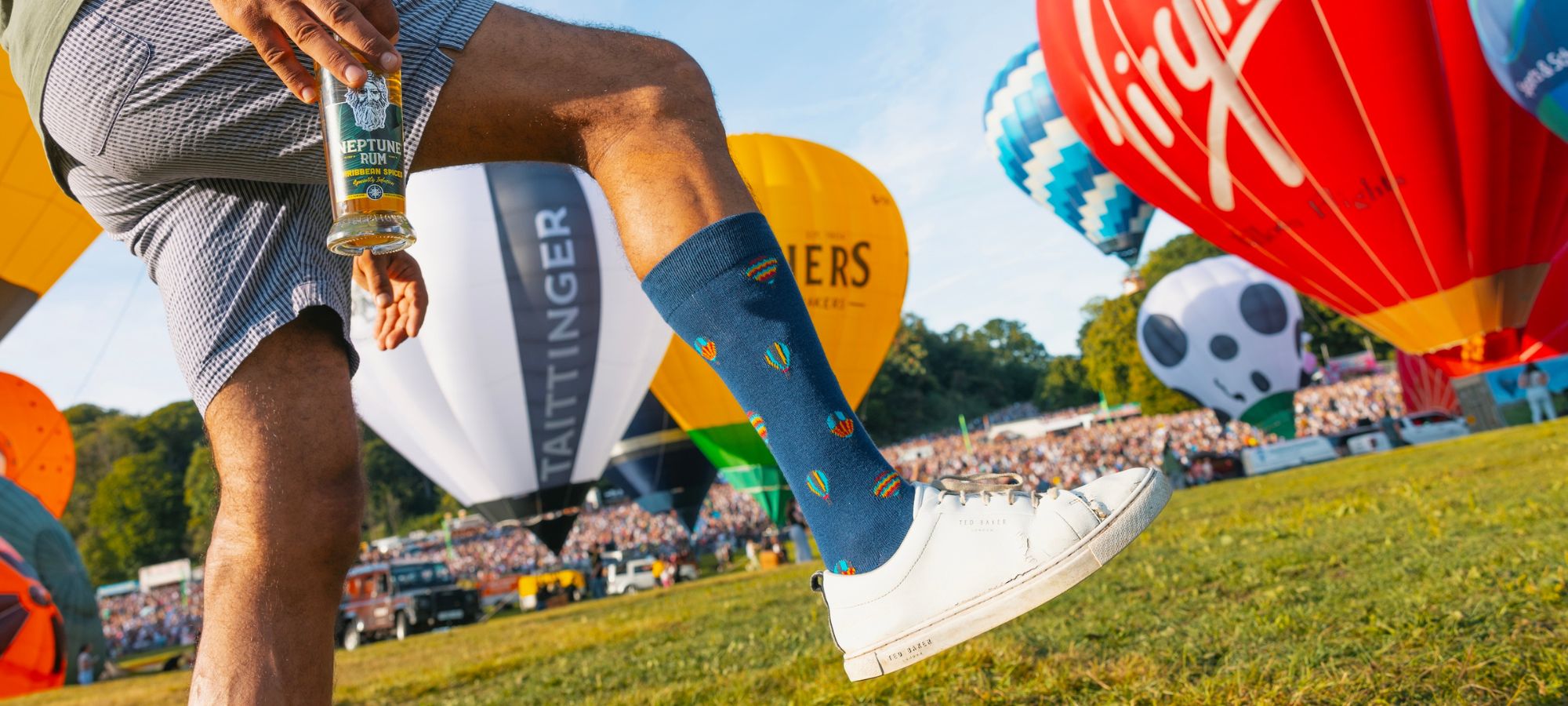
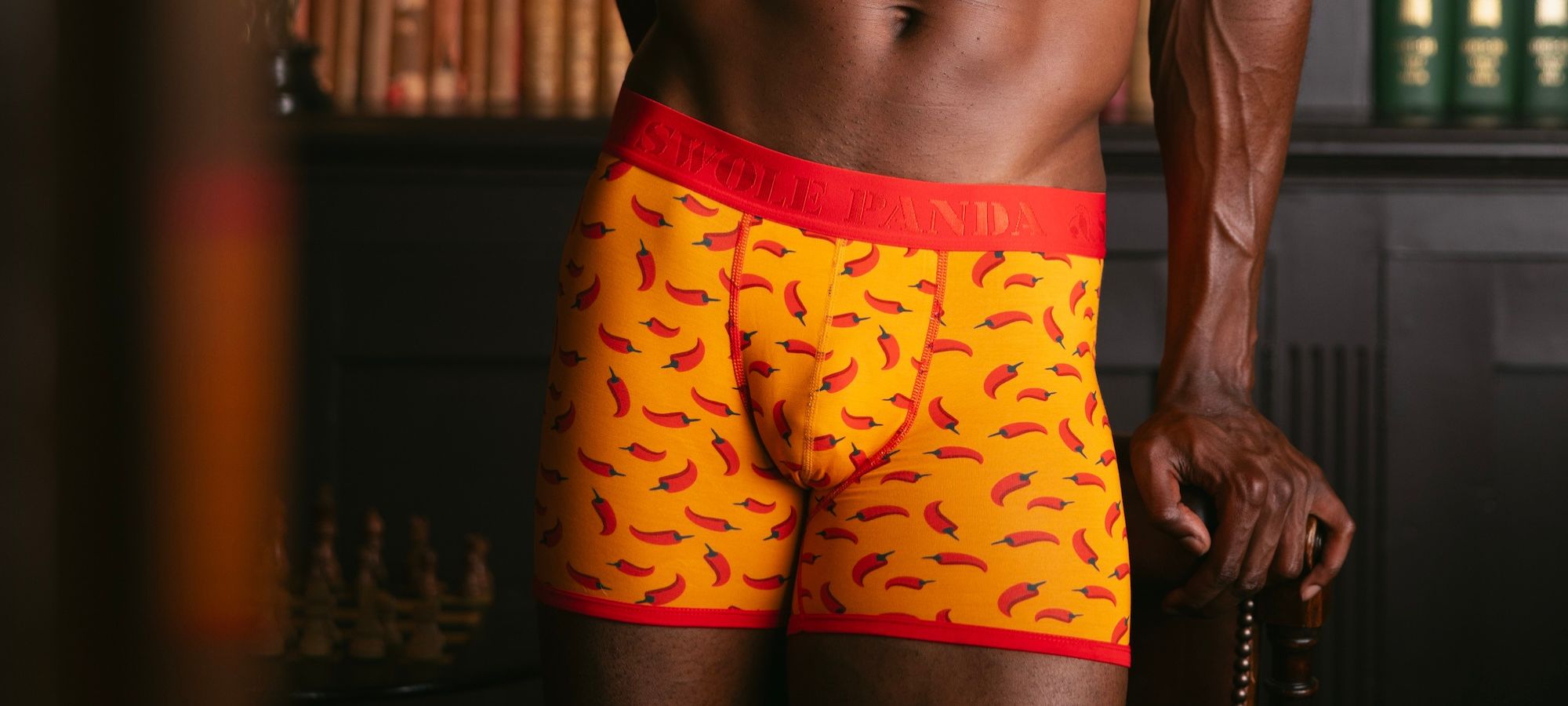
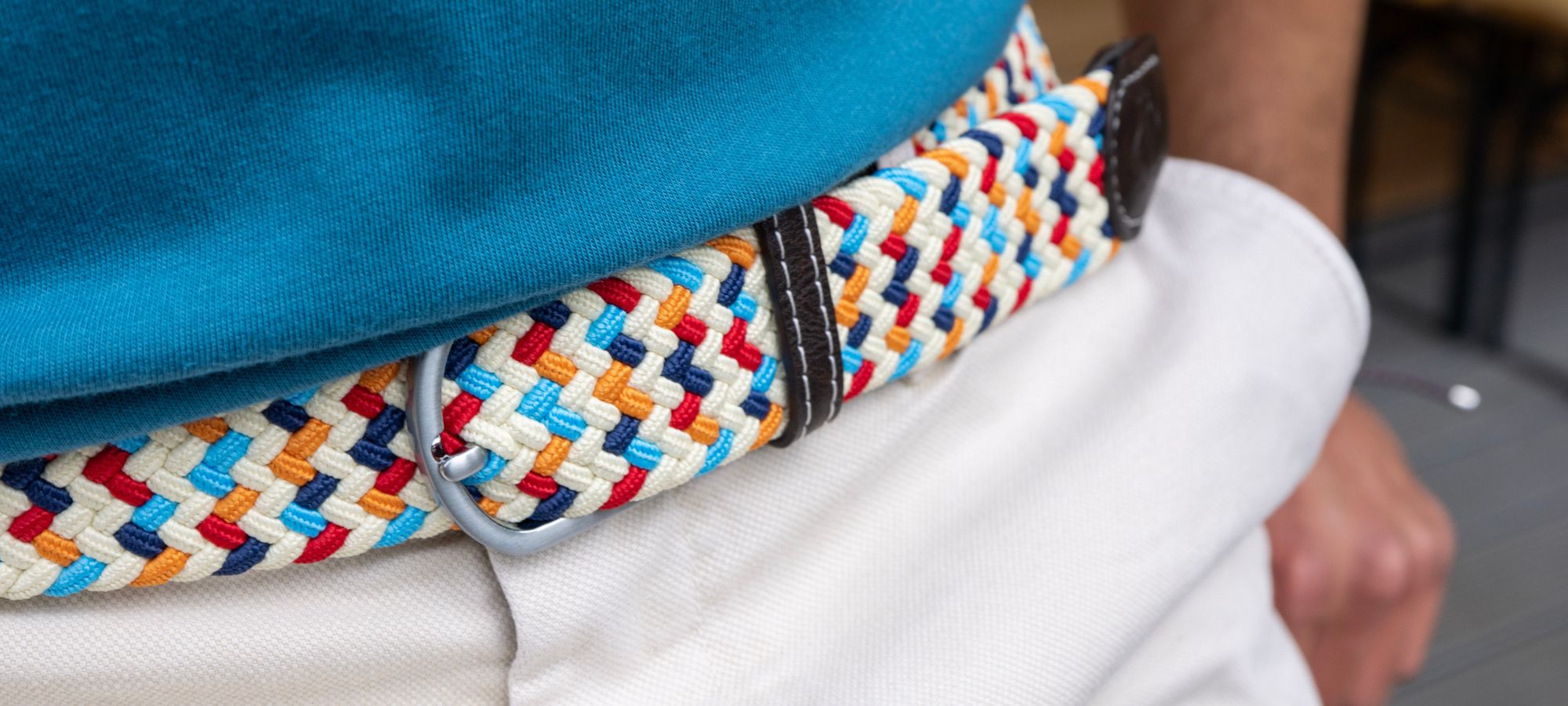
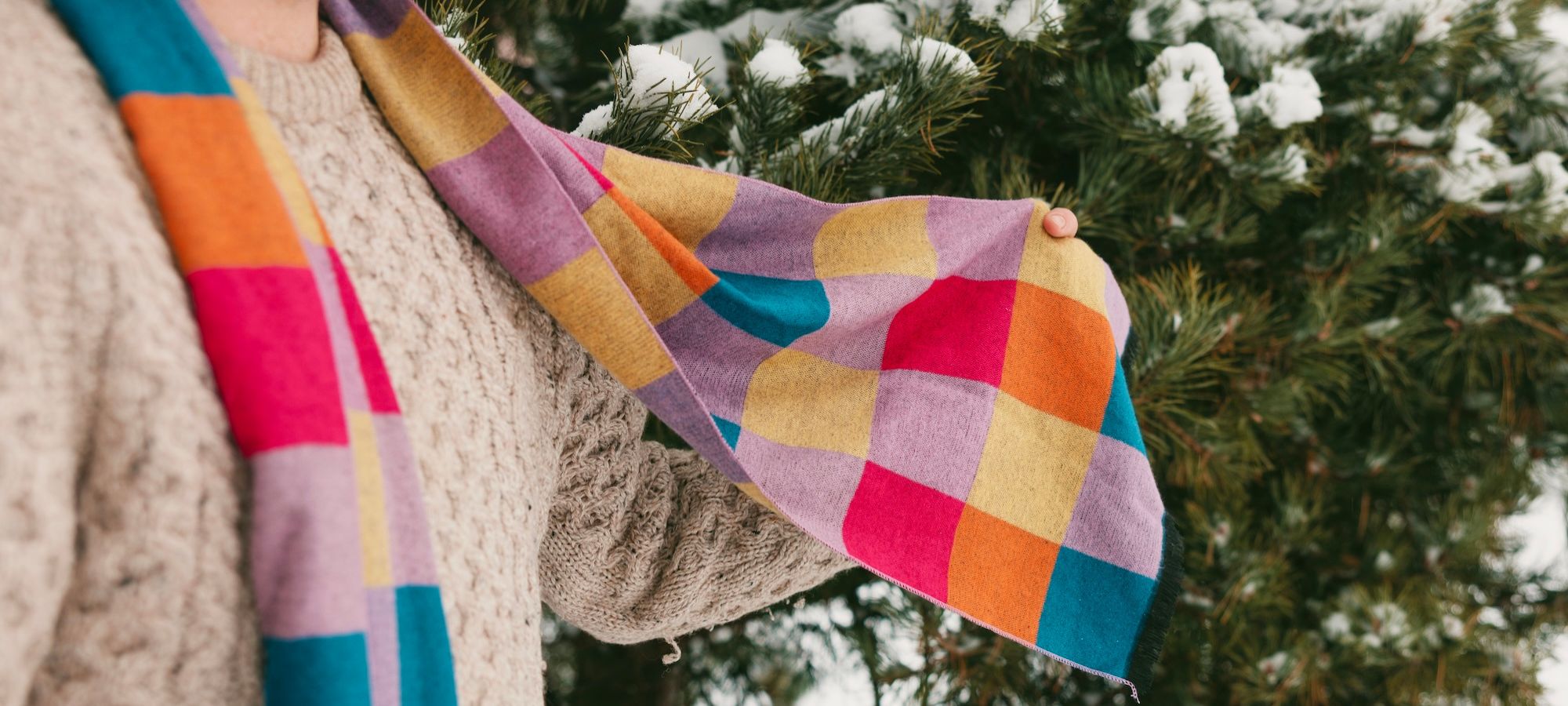
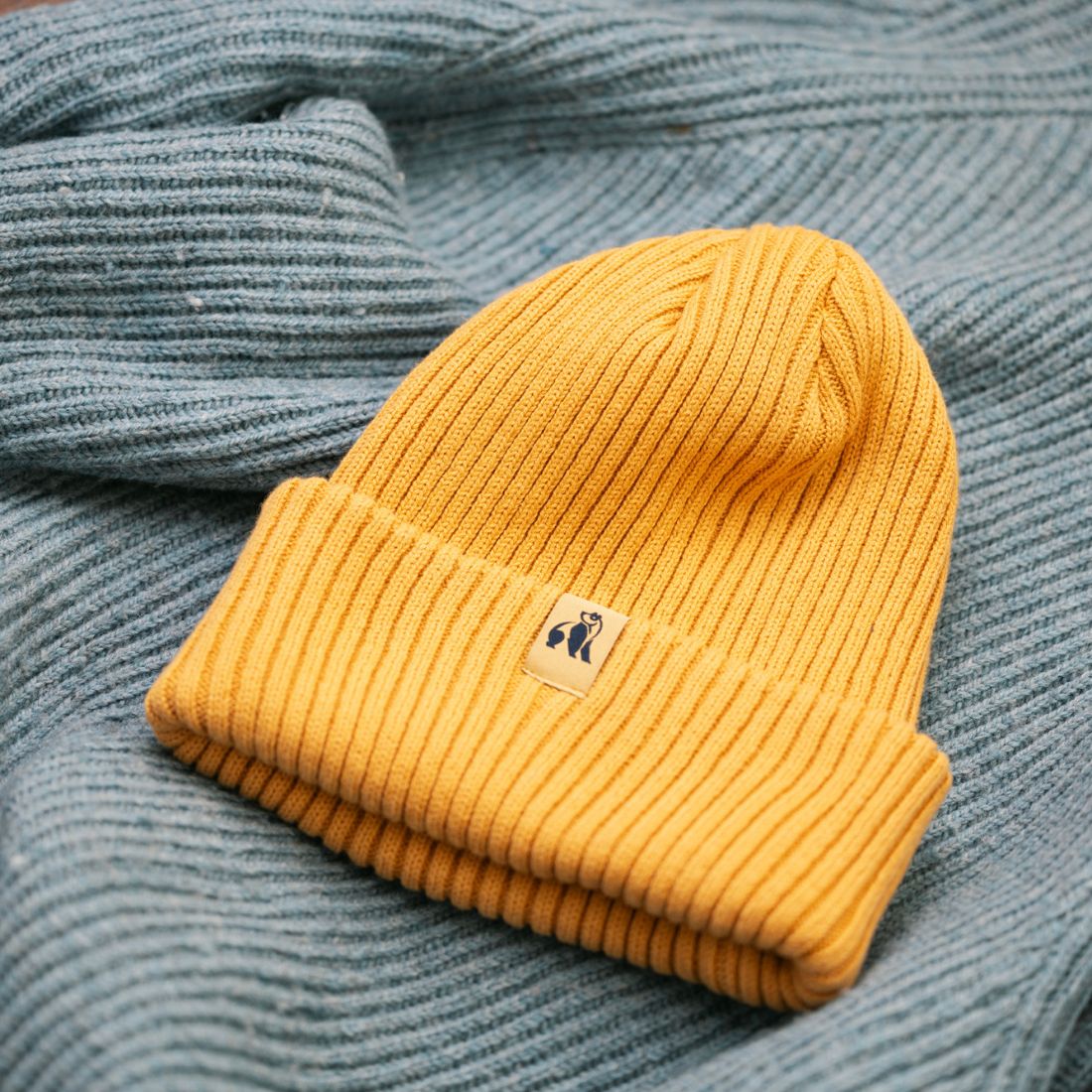
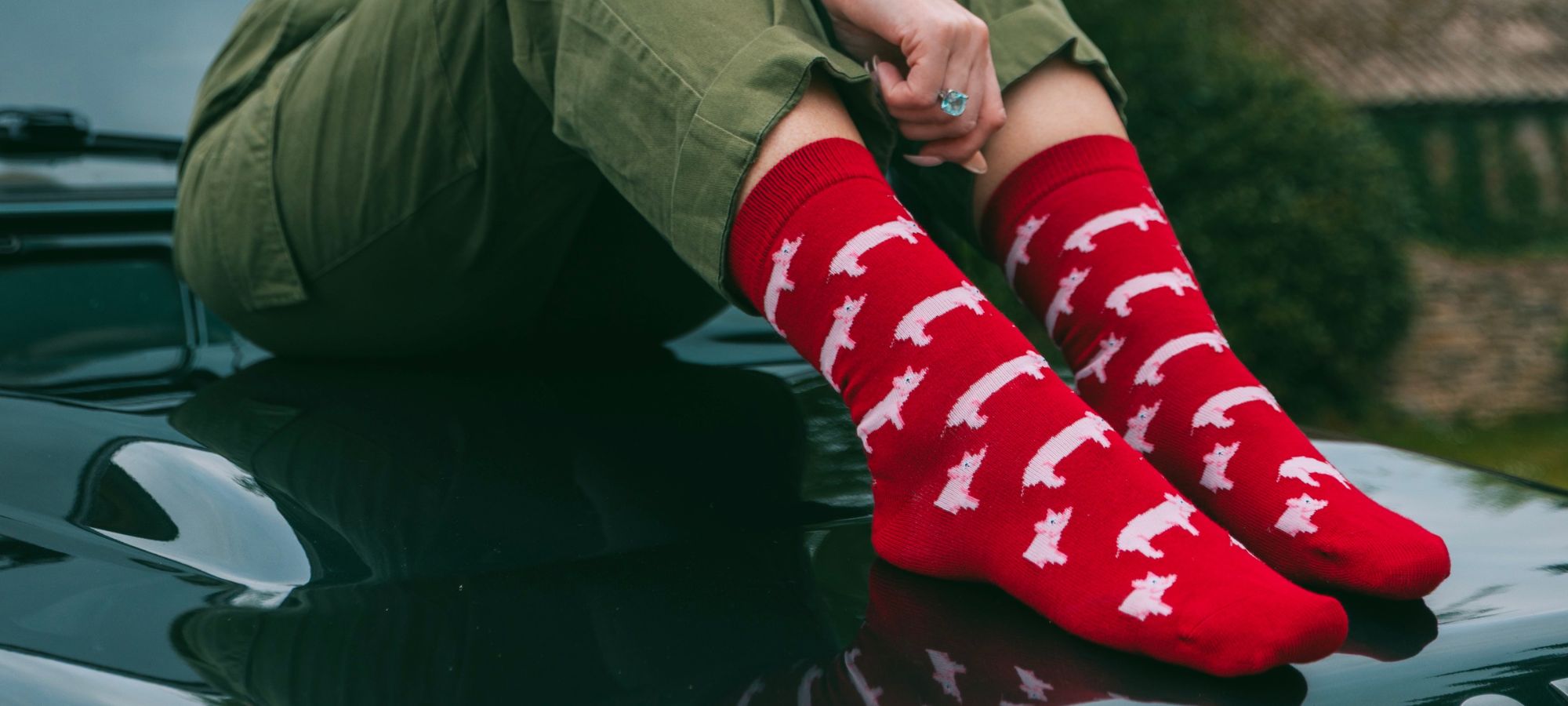
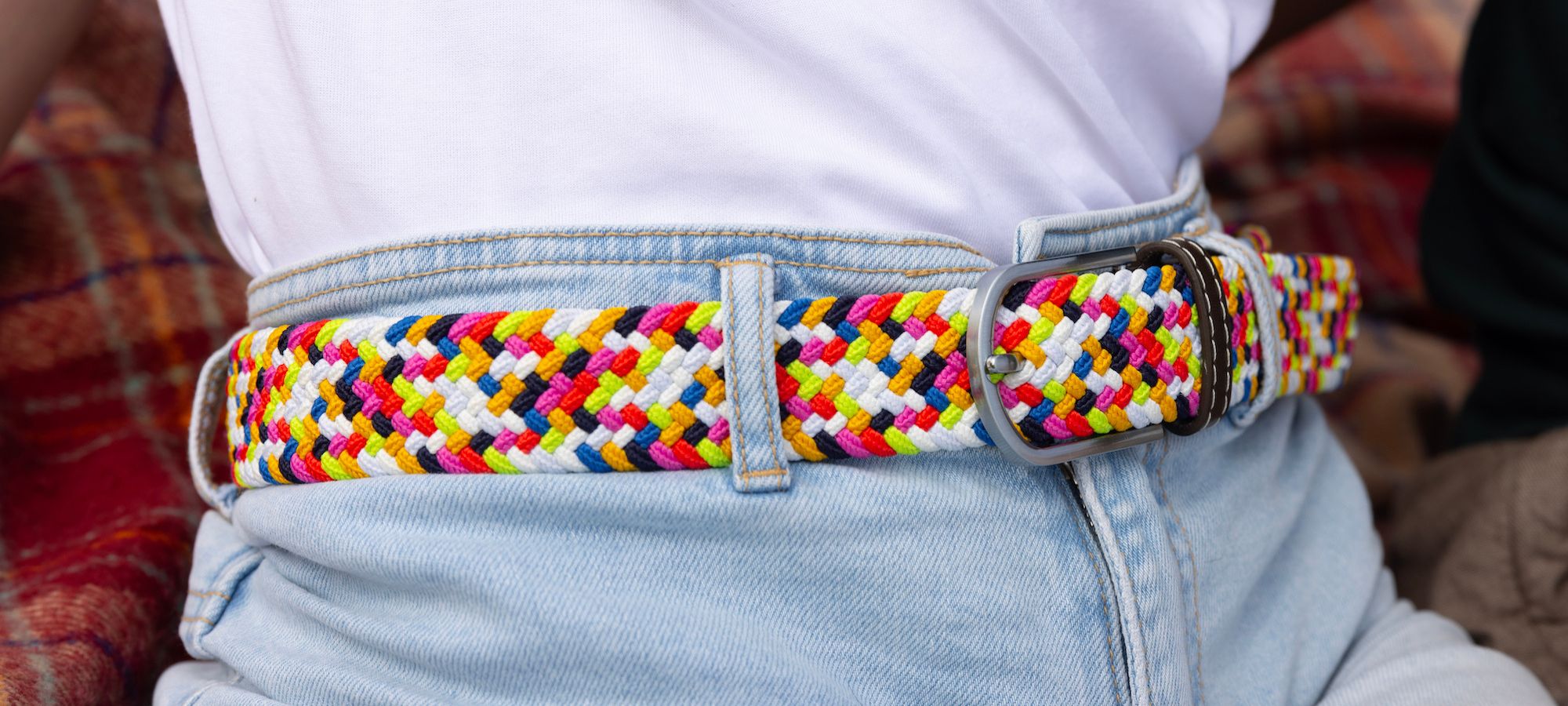
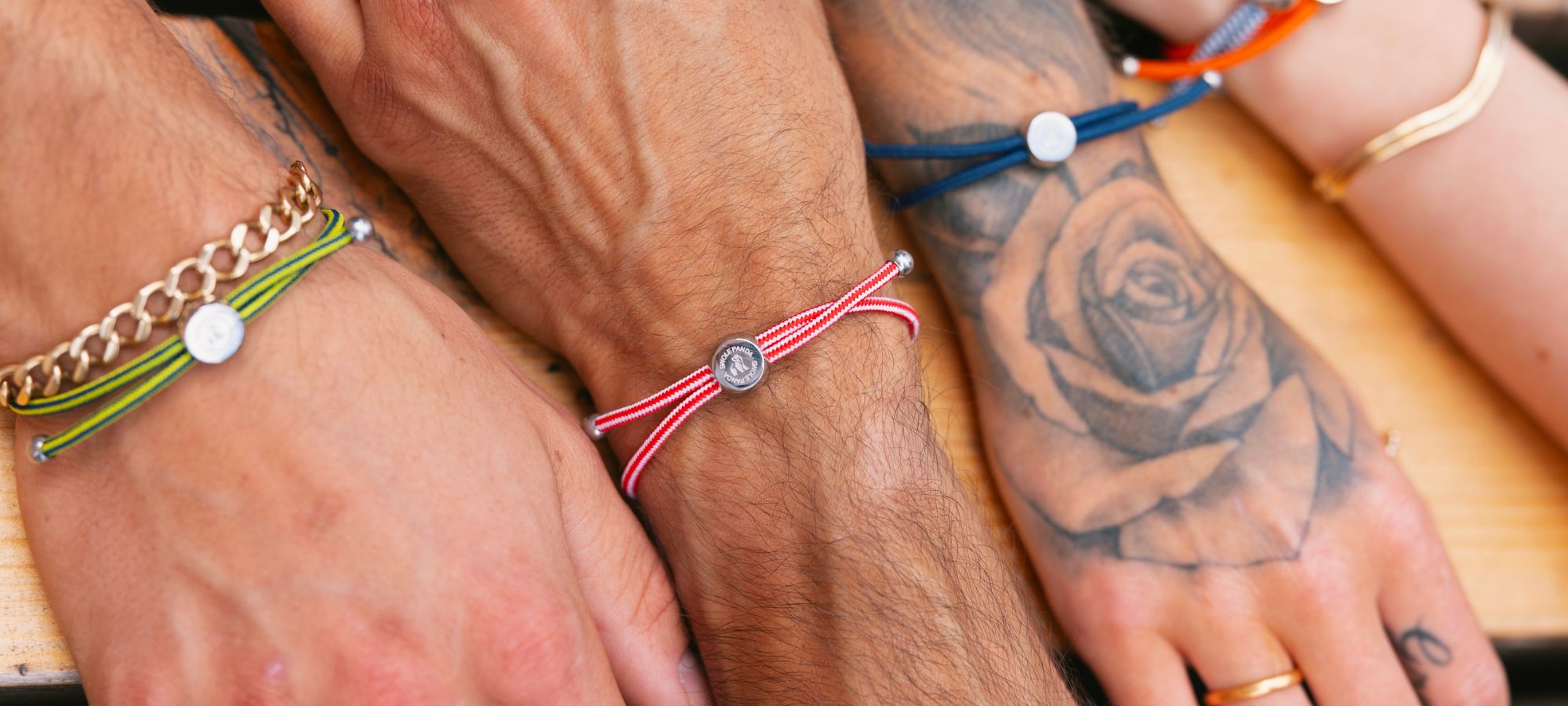
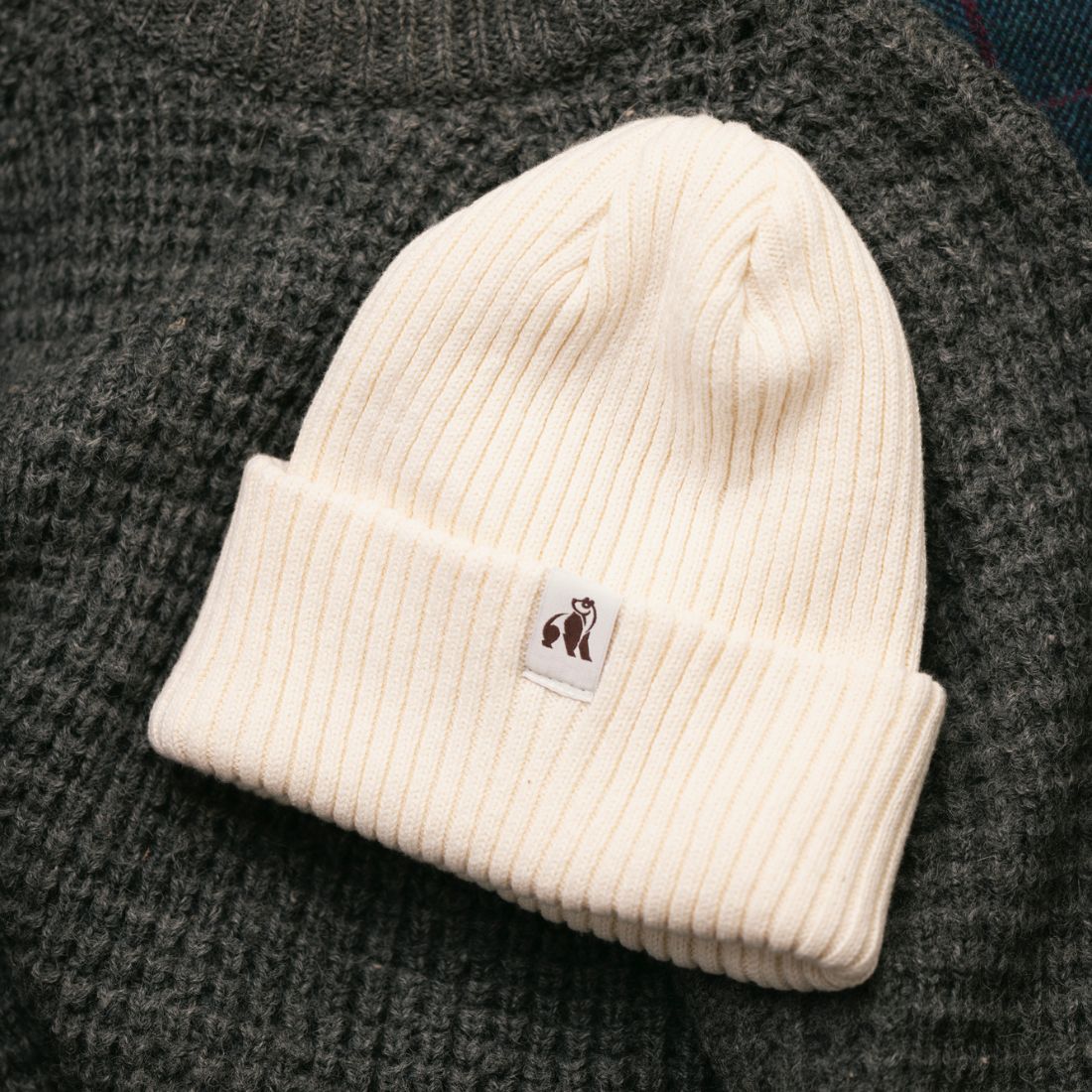

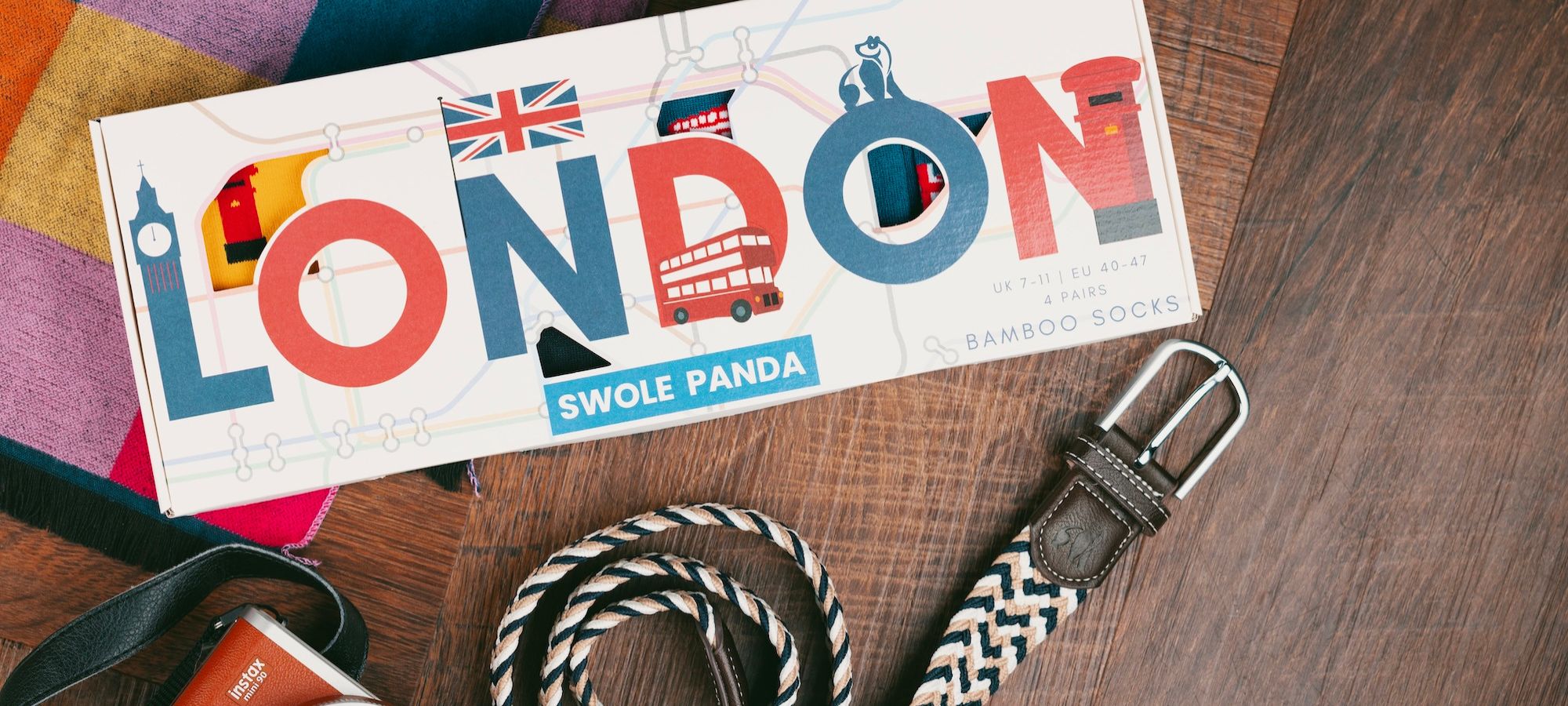
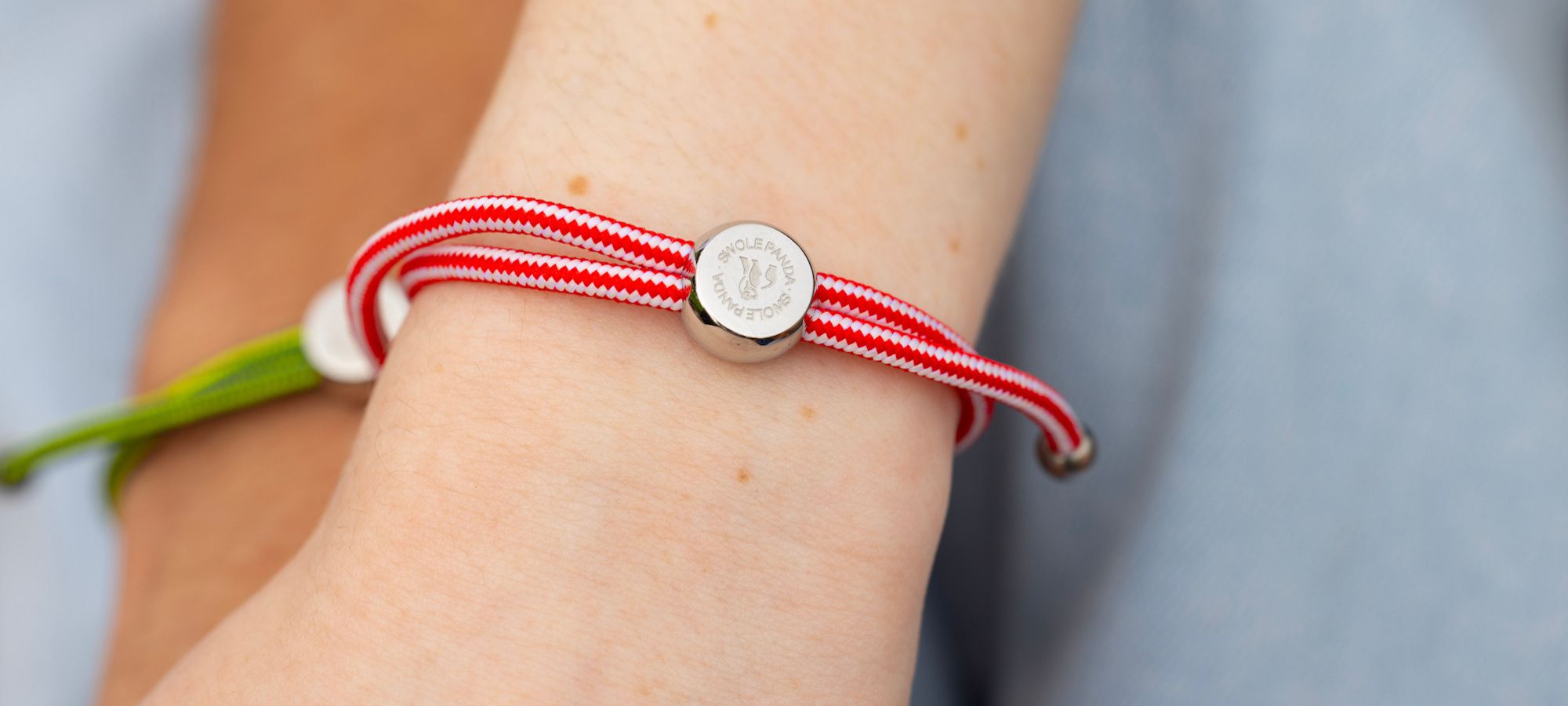
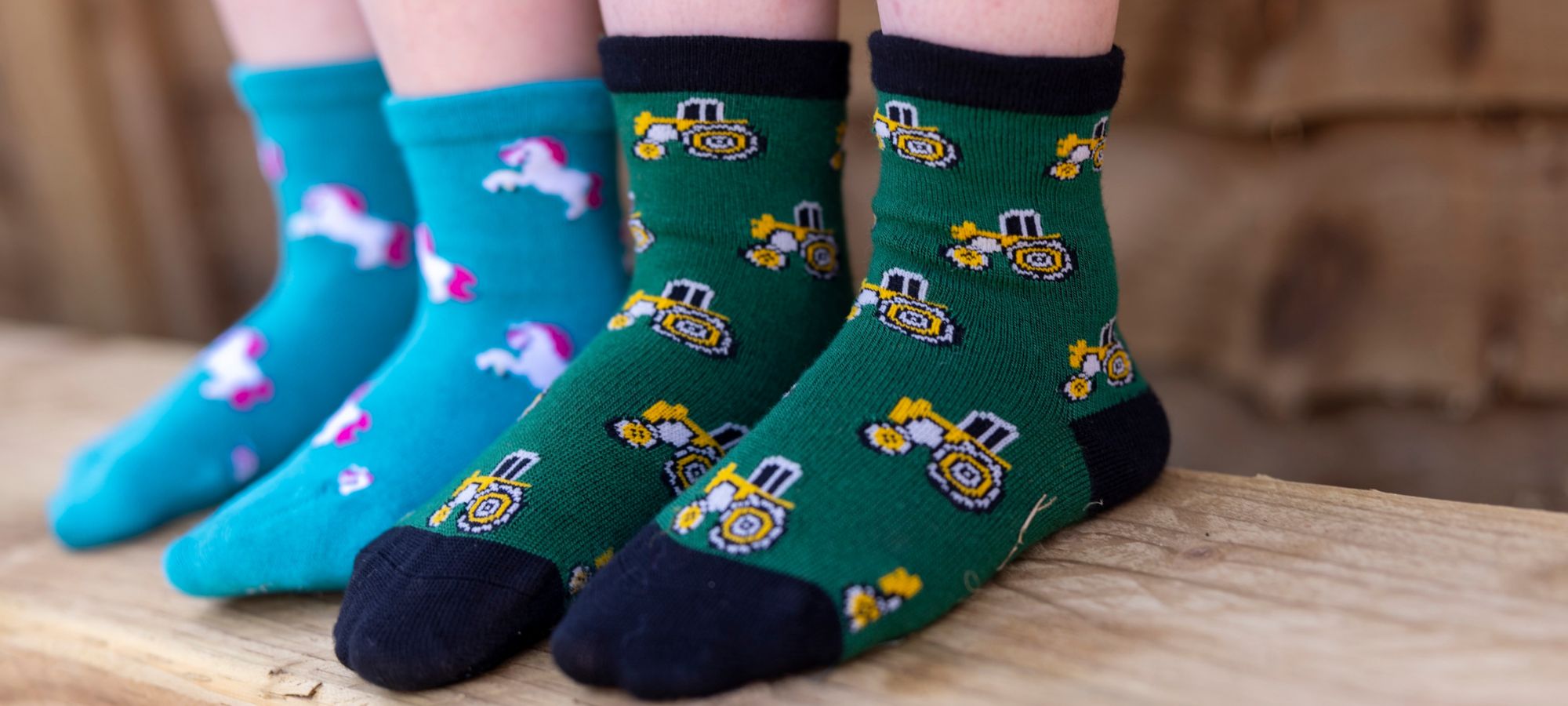
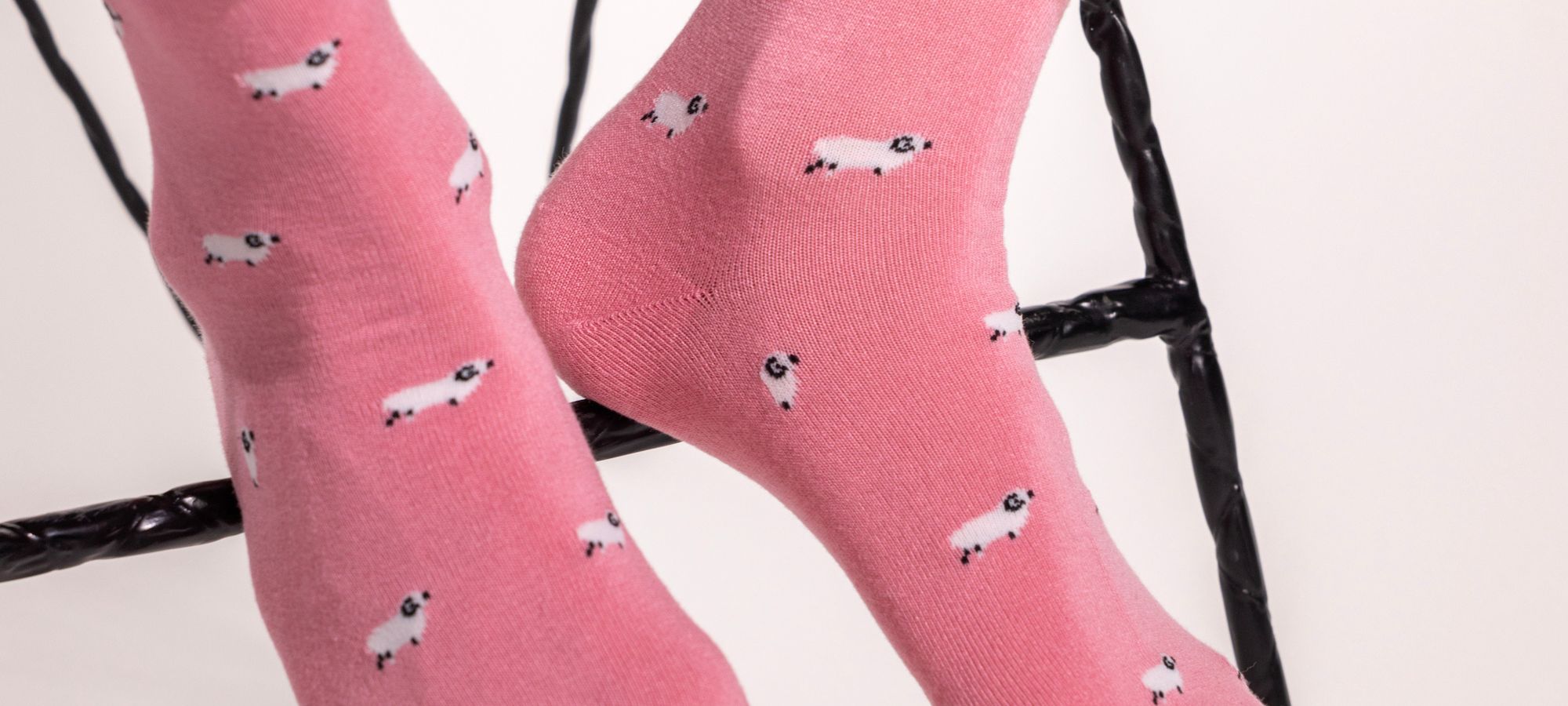
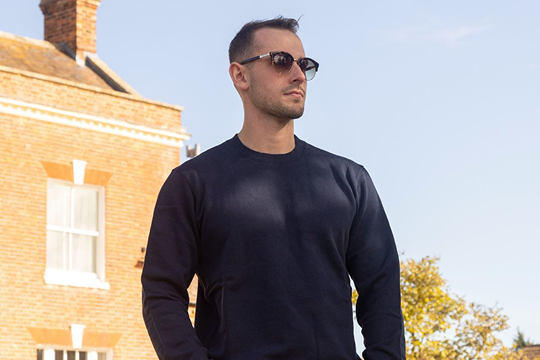
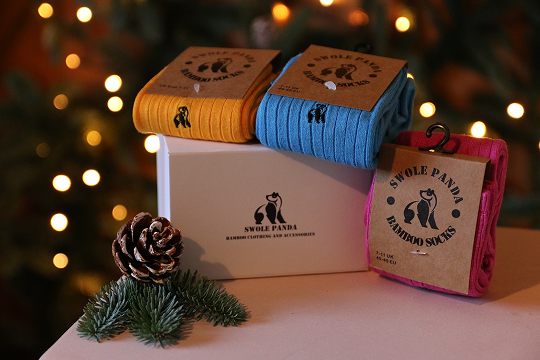





















Leave a comment